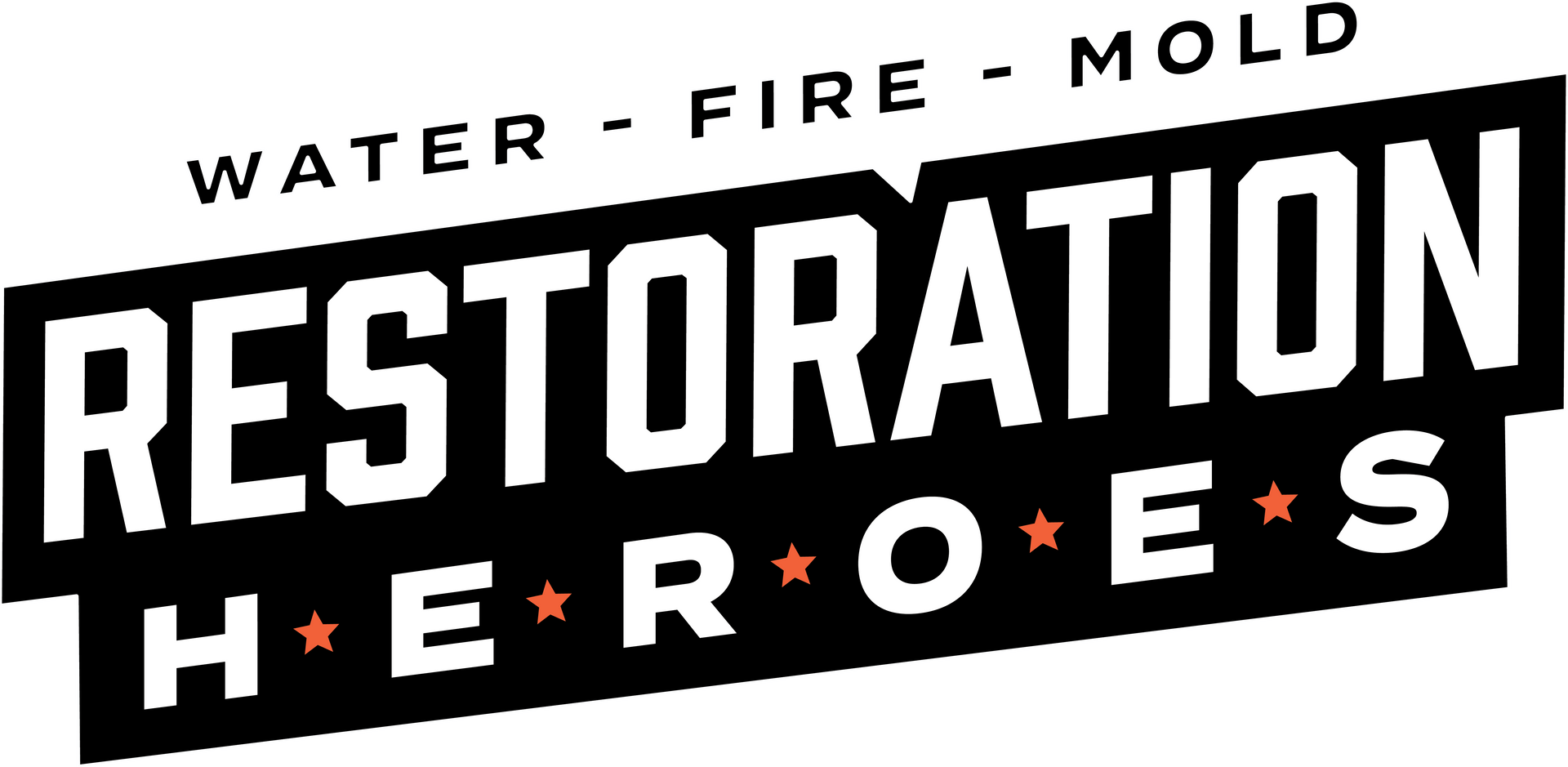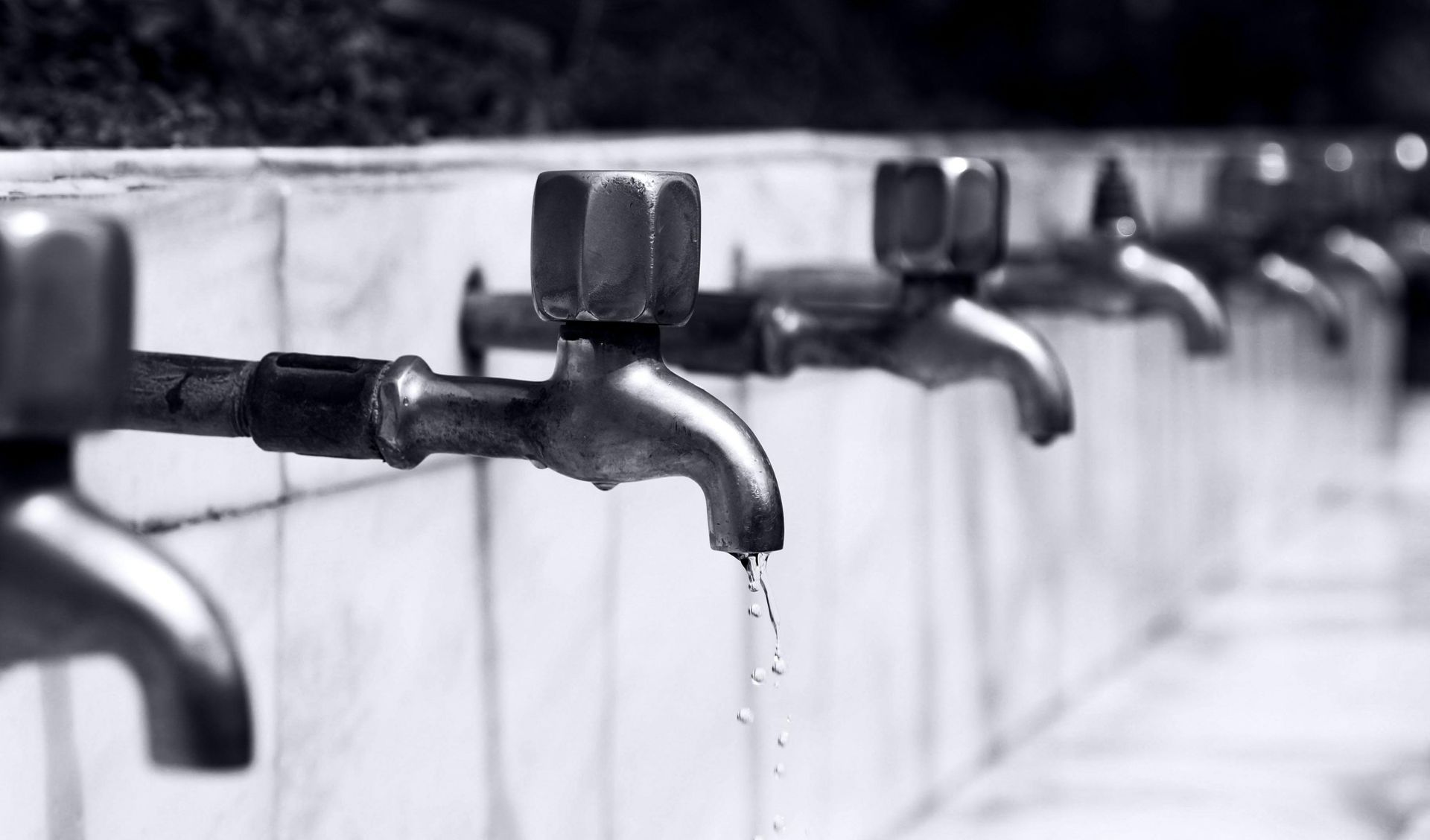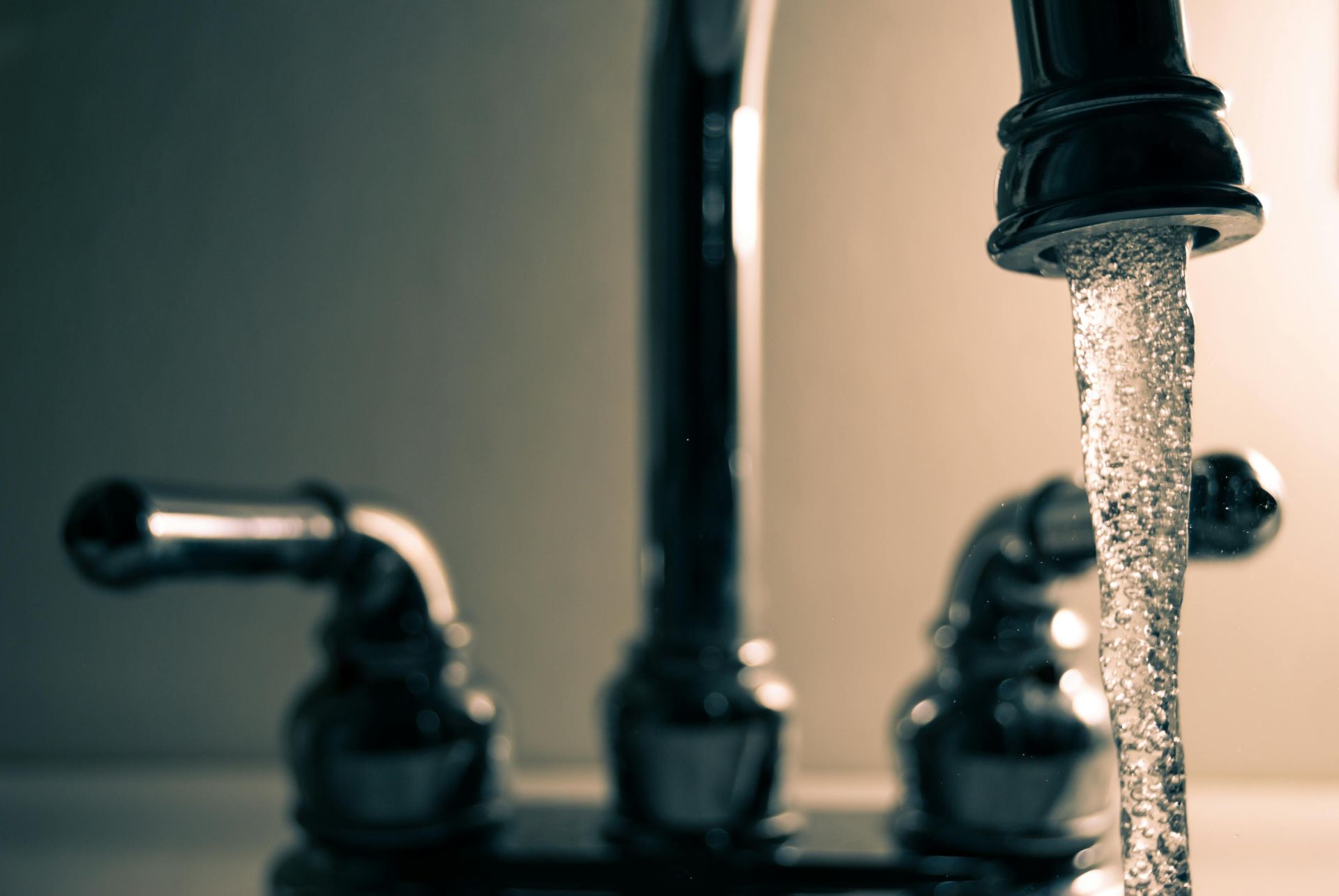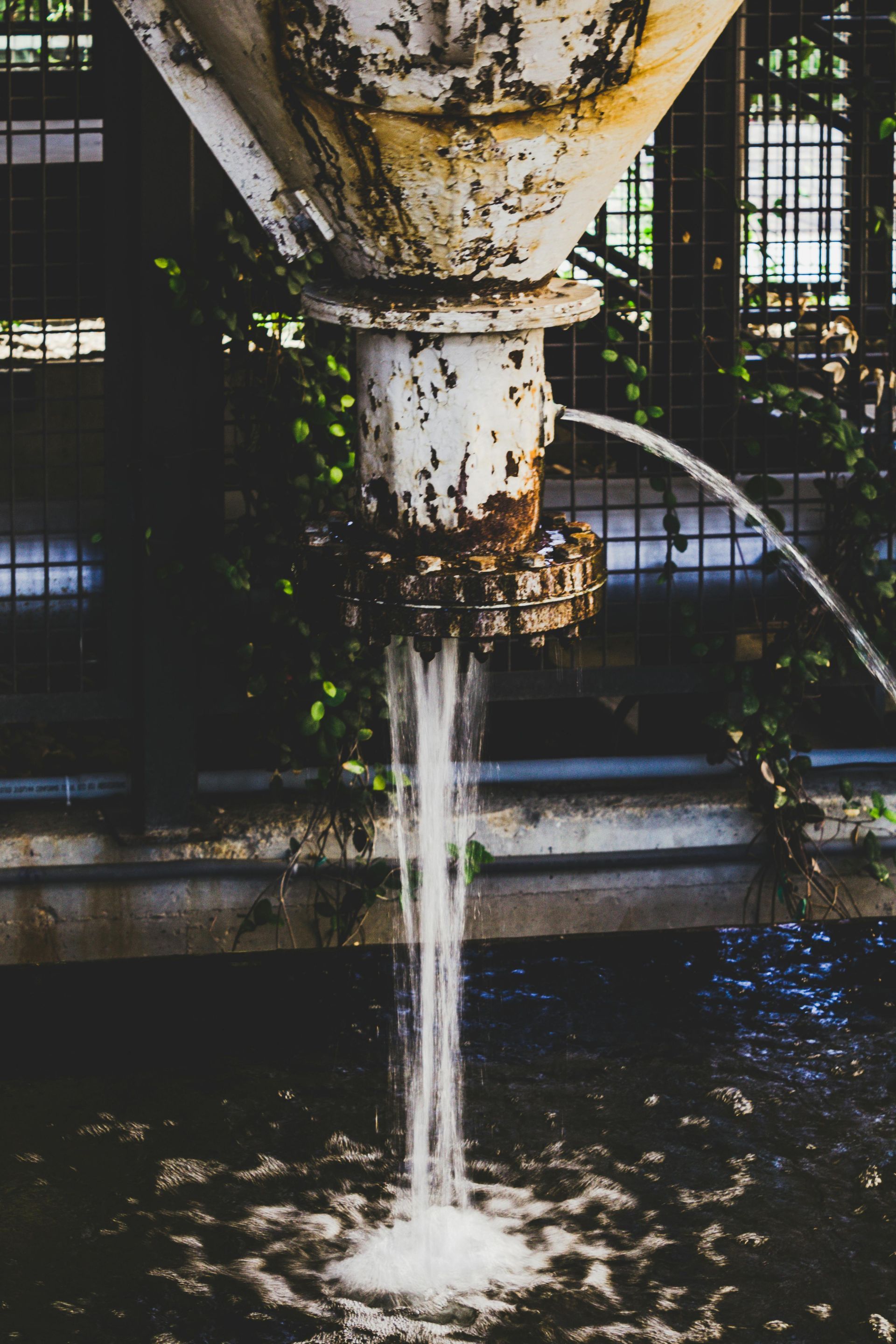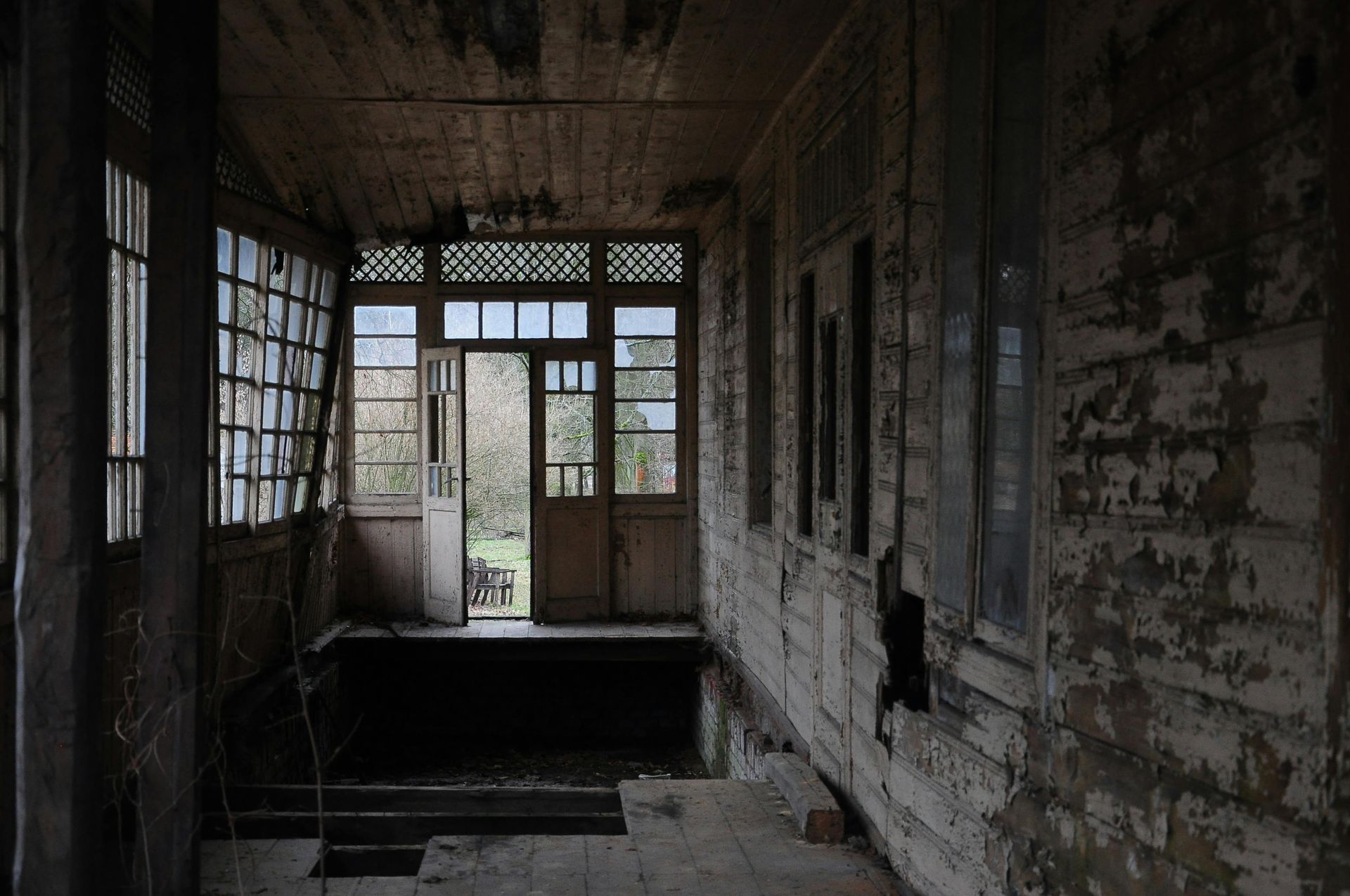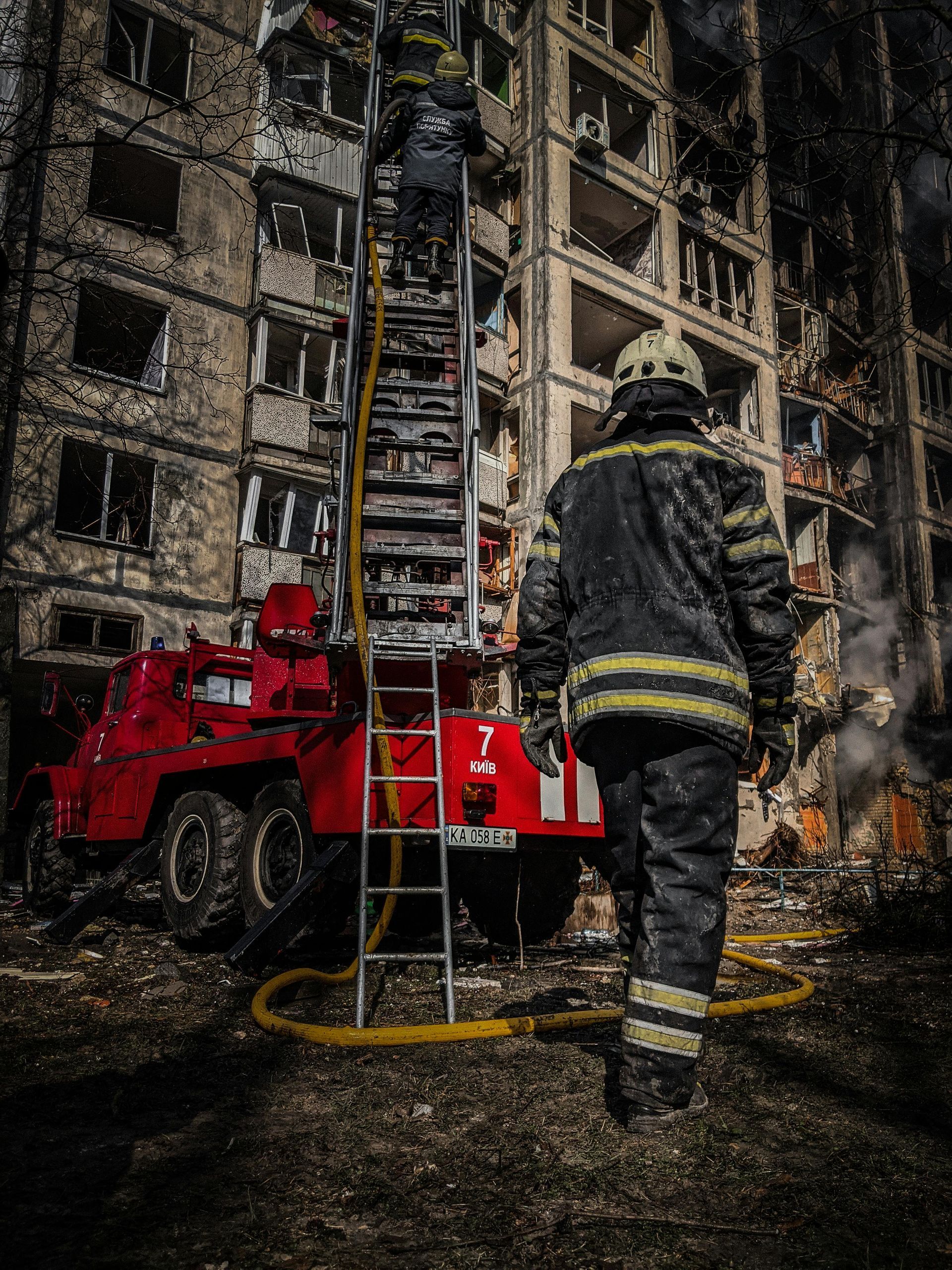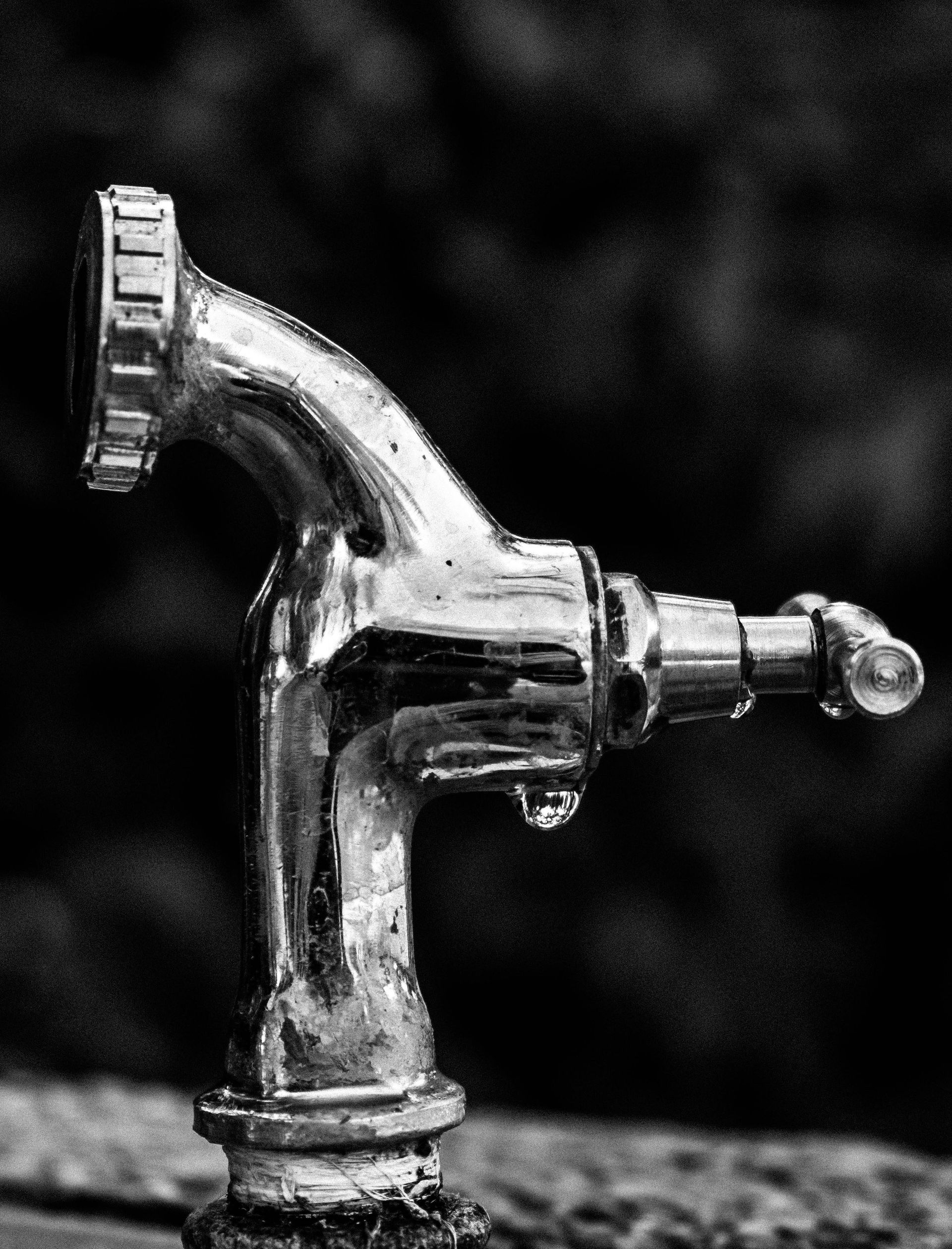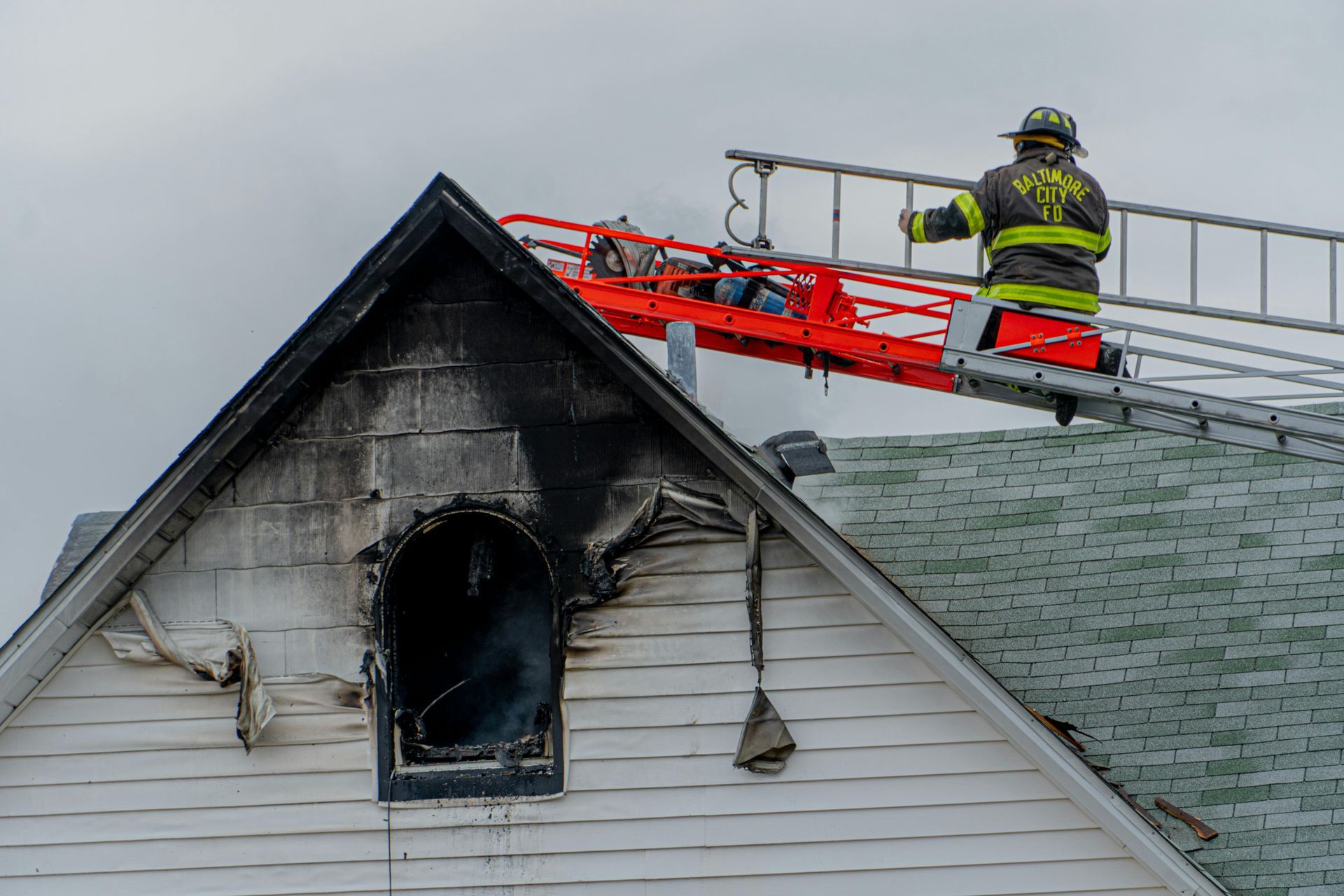The Causes and Effects of Fire Damage
Understanding the Cause and Effect of Fire Damage: A Comprehensive Guide

In the United States alone, a fire incident is reported every 24 seconds, significantly impacting homes, businesses, and lives. Understanding the cause and effect of fire damage is crucial, not only for prevention but also for efficient restoration. Fire is formed through a chemical reaction involving heat, fuel, and an oxidizing agent. While it's a natural phenomenon, when caused inappropriately or unintentionally, fire can lead to devastating effects, from structural damage to health hazards. This article will delve into the intricacies of fire causes and effects, focusing on how this knowledge can help mitigate fire-induced damage and facilitate effective recovery.
Common Causes of Fires
There are numerous reasons behind fire incidents, with human error, malfunctioning equipment, and natural causes standing out as the principal culprits. Human errors may include unattended cooking, improper disposal of smoking materials, or even children playing with matches. Equipment malfunction can range from electrical faults to gas leaks. Natural causes, on the other hand, involve phenomena like lightning strikes or volcanic activities. Recognizing these various causes is a significant first step toward fire prevention. By being aware of potential fire triggers, we can take proactive measures, significantly reducing the risk of fire and its consequential damage.
Natural Causes
Natural causes, such as lightning strikes, can ignite a fire if they reach dry vegetation, particularly during drought conditions. Similarly, spontaneous combustion, where materials self-ignite without external heat sources, can also lead to wildfires. Environmental conditions like low humidity, high temperatures, and strong winds further augment the risk of fires. These factors, combined with the presence of fuel such as dry grass, leaves, or timber, create the perfect conditions for fires to start and spread rapidly. Understanding these causes helps in predicting and preventing naturally-caused fires.
Human-induced Causes
Human-induced causes often fall under deliberate or accidental categories. Deliberate causes include arson, where fires are purposely ignited for harmful intent. Accidental causes range from electrical faults to unattended cooking, candles, or careless smoking. These accidental scenarios underscore the importance of fire safety education. By raising awareness about potential fire hazards in our daily activities, we can actively reduce these incidents, preserving both property and lives.
Technological & Mechanical Failures
Technological and mechanical failures, such as electrical malfunctions, gas leaks, and machinery issues, can be significant fire triggers. Electrical malfunctions, often due to faulty wiring or overloaded circuits, can generate excessive heat, leading to fires. Gas leaks can cause fires when exposed to a spark or flame. Machinery issues, especially in industrial settings, can produce sparks igniting flammable materials. Regular maintenance checks play a vital role in preventing these fires, allowing for the early detection and rectification of potential hazards, thereby mitigating fire risks.
Immediate Effects of Fire Damage
Fire's immediate aftermath is visibly apparent, with structural damage and personal losses often extensive and devastating. Homes, possessions, and irreplaceable personal items can be consumed in an instant. However, there are less visible yet equally consequential effects, such as air quality degradation. The burning of materials releases harmful pollutants and toxins into the environment, which can have severe health implications. Understanding these immediate effects is essential to prioritize safety and start the recovery process from a position of knowledge.
Structural Damage
Fire can inflict severe structural damage, visible in the form of charred walls, collapsed ceilings, and weakened support structures. However, the hidden damage is equally worrisome. High temperatures can compromise the integrity of concrete and steel, potentially leading to foundational instability. Furthermore, soot and smoke can infiltrate walls and floors, causing long-term corrosion and decay. Such hidden damage may not be immediately noticeable, but it poses significant risks to the building's overall stability and safety.
Damage to Personal Property
Fire can also devastate personal property, leading to a tremendous emotional toll. The loss of sentimental items, heirlooms, and vital documents can cause significant distress, as these objects often carry irreplaceable personal value and memories. Moreover, the financial implications can be substantial. Replacing belongings and important documents, not to mention the potential loss of uninsured valuable items, can lead to a heavy financial burden. Understanding these potential effects underscores the criticality of fire prevention and adequate insurance coverage.
Air Quality and Residual Smoke
The lingering presence of smoke can drastically affect indoor air quality, leading to potential health hazards. Inhaling residual smoke can cause respiratory complications and aggravate pre-existing health conditions. Moreover, smoke permeates into furniture, carpets, and walls, leaving behind an unpleasant odor that can be challenging to remove. Understanding these effects is critical in highlighting the importance of prompt and professional smoke remediation.
Long-term Effects of Fire Damage
Fire's implications extend far beyond its immediate aftermath. The long-term effects of fire damage can be insidious and far-reaching, impacting structural stability and air quality and even causing psychological distress. Understanding these long-lasting effects is crucial for comprehensive restoration and recovery.
Health Concerns
The lingering presence of smoke and soot can trigger respiratory issues such as bronchitis and asthma, and prolonged exposure can increase the risk of developing more serious conditions like lung cancer. Other health risks include skin irritation, eye problems, and compromised immune systems. Moreover, certain materials, when burned, release carcinogenic substances that can cause long-term health implications. These hidden hazards underline the importance of swift and professional fire damage restoration to minimize health risks.
Economic Implications
The financial toll of fire damage can be considerable. Reconstruction costs often run high, as both visible and hidden damages need addressing. Additionally, navigating insurance claims can present challenges, as not all damages may be covered, leading to out-of-pocket expenses. In some cases, fire incidents may also lead to depreciation in property value, further exacerbating the financial burden. These economic implications emphasize the importance of comprehensive insurance coverage and proactive fire prevention measures.
Environmental Impact
Fires can wreak havoc on local ecosystems, disrupting habitats and causing loss of biodiversity. By burning vegetation, they contribute to air pollution, releasing large quantities of carbon dioxide and toxic particulates. This not only degrades air quality, affecting human health but also contributes to climate change. The excessive carbon emissions from fires increase greenhouse gases in the atmosphere, exacerbating global warming. Understanding these environmental implications underscores the need for robust fire prevention strategies.
Fire Damage Assessment: Knowing the Extent
A critical step in the aftermath of a fire is a comprehensive damage assessment. This task is best handled by professionals who are equipped with the knowledge and tools necessary to accurately assess the damage and determine the appropriate restoration measures. Trained experts can identify not only visible damages but also hidden issues like structural instability or residual toxins, which can pose long-term risks if not addressed sufficiently. A professional fire damage assessment typically involves an examination of the structure in question, an evaluation of the type and extent of the damage caused by the fire, smoke, and water, and an estimation of the time and costs required for complete restoration.
While waiting for professionals, a preliminary self-assessment can be conducted. However, the emphasis should firmly be on safety. Never enter a fire-damaged property until the fire department has declared it safe. Start by documenting damages for insurance purposes with photographs and notes, keeping a safe distance from damaged structures, and avoiding inhaling residual smoke or soot. Remember, a preliminary self-assessment is not a substitute for a professional evaluation. It is merely a stopgap until the experts arrive to ensure a thorough and proper assessment.
Mitigating and Restoring Fire Damage
Post-fire, there are immediate actions that can be taken to mitigate damage:
- Ventilation: Open windows and doors to let out smoke and improve air quality.
- Photograph Damages: Document the extent of damage for insurance claims. Be thorough, capturing images of both the outside and inside of the property.
- Seek a Temporary Shelter: Vacate the premises and arrange for temporary shelter until the property has been declared safe.
Once professional restoration teams arrive, they follow a structured process to restore the property:
- Inspection and Assessment: This involves a thorough examination of the fire damage to determine the extent and develop an appropriate action plan.
- Smoke and Soot Removal: Professionals use specialized equipment and techniques to remove smoke and soot from walls, ceilings, and other surfaces.
- Deodorizing: After the smoke and soot are removed, the property is deodorized to remove the lingering smell of smoke.
- Structural Repairs: Any damaged structures are repaired or replaced to restore the property's safety and functionality.
- Final Inspection: A thorough check is conducted to ensure all damage has been addressed and the property is safe for occupancy.
Preventing Future Fires
Understanding and implementing fire prevention measures is crucial to avoiding future catastrophes. An ounce of prevention is worth a pound of cure, especially in the context of fires. Their cause and effect are widespread, damaging lives, property, and the environment. By comprehending how fire is formed and the negative effects it can unleash, we can better prepare and prevent fires. Regular maintenance checks, appropriate disposal of combustible materials, and adhering to safety guidelines can mitigate fire causes. The knowledge of what can cause fire and its effects empowers us to prioritize prevention, thereby minimizing risks and safeguarding our future.
Household Fire Safety Measures
Regular checks of smoke detectors ensure their functionality in critical times. Safe cooking practices, including never leaving cooking unattended, keeping flammable items away from the stove, and maintaining clean cooking appliances, markedly reduce fire risks. Proper storage of flammable materials away from heat sources and in well-ventilated areas prevents unintentional ignition. Lastly, teaching household members about fire safety, including evacuation routes and emergency numbers, prepares everyone for potential emergencies. These precautions are vital in preventing caused fires and protecting homes and lives.
Industrial and Commercial Fire Prevention
In the industrial and commercial sectors, fire prevention is paramount. Regular equipment checks should be performed to detect and address potential fire hazards promptly. Employee training is another cornerstone for safety, ensuring staff are knowledgeable about fire procedures, including evacuation routes and the use of fire extinguishers. Additionally, businesses should strictly adhere to local and national fire safety codes. These may include regulations regarding the storage and disposal of hazardous materials, the design and maintenance of fire exits, and the installation and upkeep of fire detection and suppression systems. These practices can drastically reduce the risk of fire incidents.
Don't Face Fire Damage Alone: We're Here to Assist
Restoration Heroes is your trusted ally when it comes to fire damage restoration. Our professional team is skilled in assessing and repairing damages, ensuring your property is safe for occupancy. We're dedicated to helping you navigate the challenges of recovery with ease. Our compassion, efficiency, and attention to detail set us apart. We work diligently to restore not just your property but your peace of mind. Don't face the aftermath of a fire alone. Contact Restoration Heroes today to start your journey back to normalcy. We're here to assist every step of the way.
